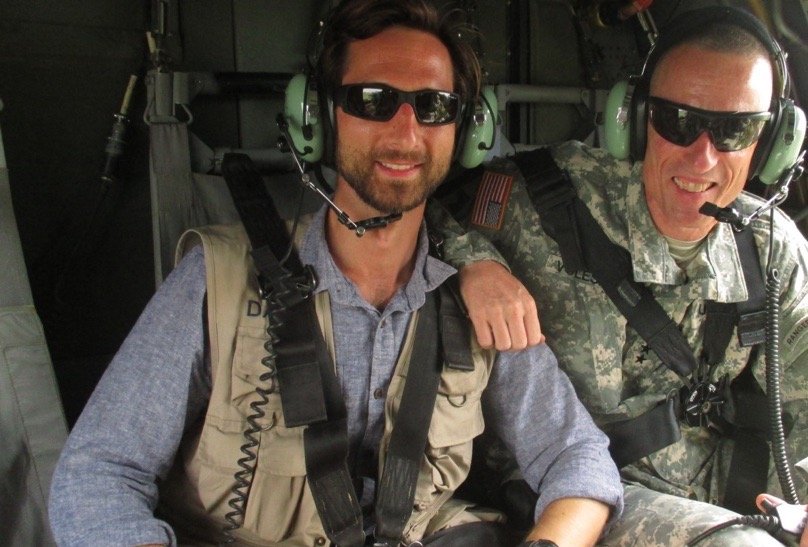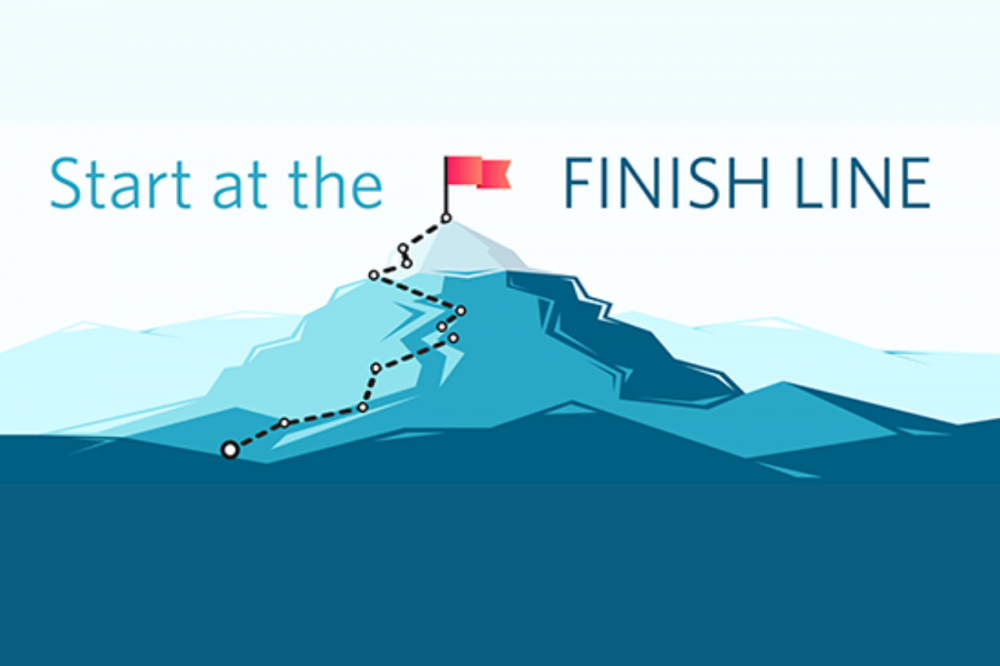- Our School
- Our Advantage
- Admission
- Elementary•Middle School
- High School
- Summer
- Giving
- Parent Resources
- For Educators
- Alumni
« Back
Navigating Math Anxiety
November 22nd, 2021

“I don’t even know where to start!” Many of us have heard these words flow out of someone dear to us. Cue the anxiety, stress, and trickle of tears.
Before we officially list math among the blacklisted four-letter words, let’s talk strategies. How can these strong emotions be validated, navigated, and shifted into productive motion? The best place to start is at the finish line.
Make Connections and incorporate Background Knowledge
Asking a student to verbalize everything they can think of about the goal, format, unit, context, etc. for a given problem can be immensely helpful with starting the exercise successfully. For example, if a student is asked to solve an equation, then hopefully they could identify (from their class notes, resources) that the goal is to get an answer in the form of “x = _____”. In other words, get “x” by itself. We can do this by using opposite operations on both sides of the equation. This process requires making connections between steps and using model problems and notes provided by the teacher, but the first step is knowing where you are going. Running in the wrong direction just makes you tired.
In another example, perhaps a student is asked to calculate the speed in miles per hour of a person riding a bicycle. Since the answer (goal) will be in miles per hour (which is a rate) then there is a good chance that division will be used at some point in order to create those units. For example, 10 miles divided by 2 hours equals 5 miles per hour—the operation actually formed the units in my answer.
This concept also helps students identify if their answers are reasonable. Going back to the example of the individual on a bicycle, if a student is picturing a possible speed in miles per hour (the finish line) and they end up getting 11,482.58 as their answer, then there is a chance they will pause and consider that this is much higher than expected. Similarly, unless they are studying vectors in a physics class, the answer to this type of problem should stay in the positive number realm, so -7.83 should also raise some eyebrows. “Did I lose track of a sign somewhere in my work? Did I apply an operation in reverse? Did I type something incorrectly into my calculator? I had the finish line in mind and this answer appears to be outside of the entire stadium!”
While keeping the finish line in mind is immensely helpful, there is also much to be said about taking time to “stretch” before taking on a set of math exercises. This process varies from student to student, but it could literally be stretching one’s muscles, doing breathing exercises, striking a few yoga poses, or watching one (and only one) short YouTube clip that makes you laugh…anything that helps reduce stress in the body and prepares you to focus on the task at hand (with a side of hope for good measure).
“MATH, you might be tough … but so are we!!! See you at the finish line!!!”

Author
Adam Craig is the head of the Math Department at Landmark School.
Posted in the category Learning.








.jpg?v=1652115432307)










